Sharon Van Etten at the Bowery Ballroom
To be moved by Sharon Van Etten’s warm, sensuous voice, the remarkable power and soul in her phrasing and delivery, the heaviness of her sad words, you need only listen to her latest album, Tramp (see my review in the March issue, on sale now). Its effects are immediate. To be absolutely captivated, charmed, dazzled by her presence and promise, to want to get to know her better, it helps to see Van Etten perform live.
On Saturday, February 25th, Sharon Van Etten walked out onto the stage before a packed house at Manhattan’s Bowery Ballroom. She wears a red dress, black heels, a guitar, and an honest smile.

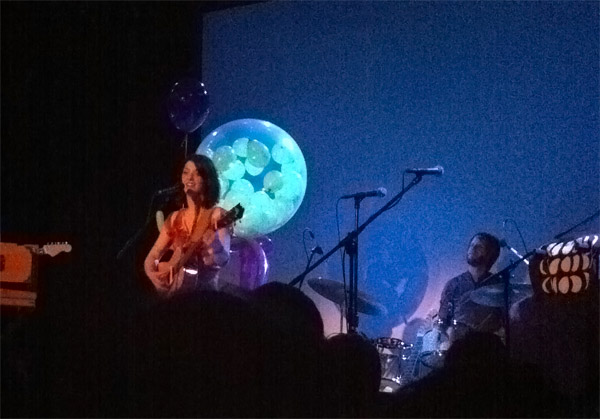
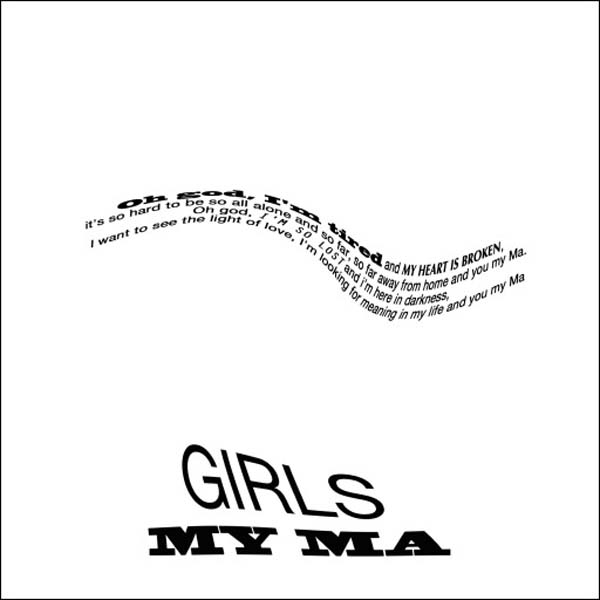
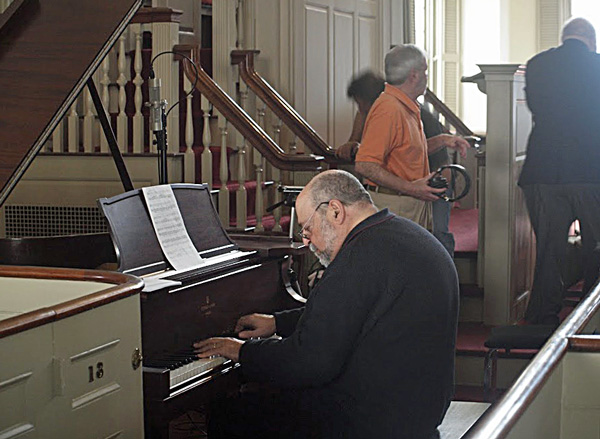
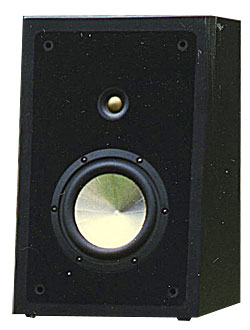 Ten seconds to ignition. Relax, buckle in, and welcome to Stereophile's Good Times time machine. Flux capacitors fully energized. Ignition. Not to worry, that slight tingling sensation is perfectly normal. Roll back your calendar to...June 28, 1933. We're at the Eighth Annual convention of the Institute of Radio Engineers in Chicago. Harry Olsen is on the podium, describing a new wide-range cone loudspeaker for high-fidelity sound reproduction.
Ten seconds to ignition. Relax, buckle in, and welcome to Stereophile's Good Times time machine. Flux capacitors fully energized. Ignition. Not to worry, that slight tingling sensation is perfectly normal. Roll back your calendar to...June 28, 1933. We're at the Eighth Annual convention of the Institute of Radio Engineers in Chicago. Harry Olsen is on the podium, describing a new wide-range cone loudspeaker for high-fidelity sound reproduction.
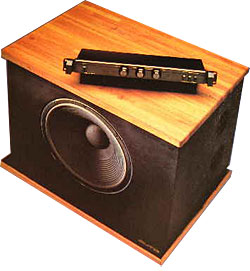 Welcome back, Ladies and Gentlemen, to the continuing saga of the Englishman's Search for True Bass. In the
Welcome back, Ladies and Gentlemen, to the continuing saga of the Englishman's Search for True Bass. In the 
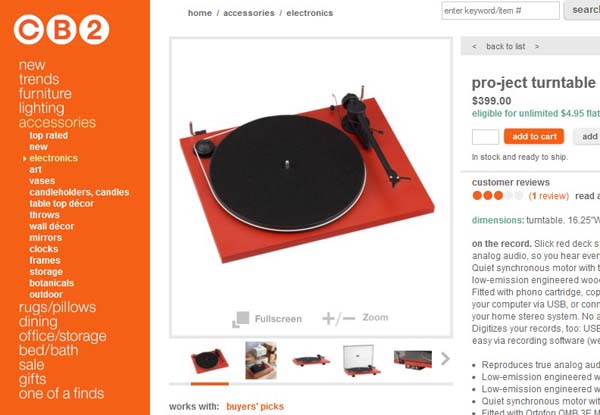
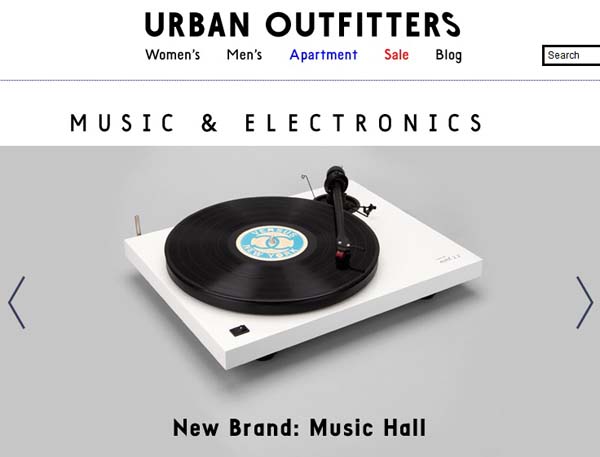
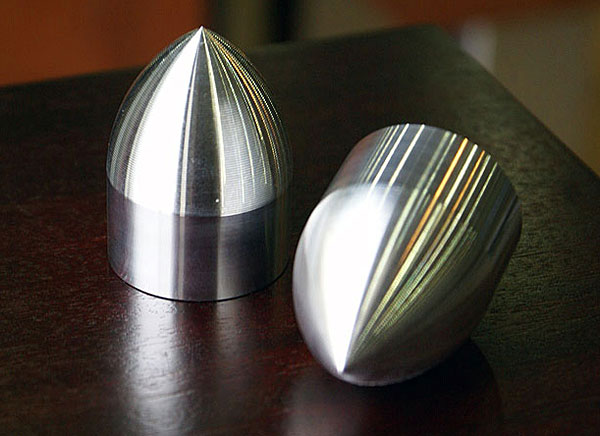
 Wagner: Lohengrin
Wagner: Lohengrin